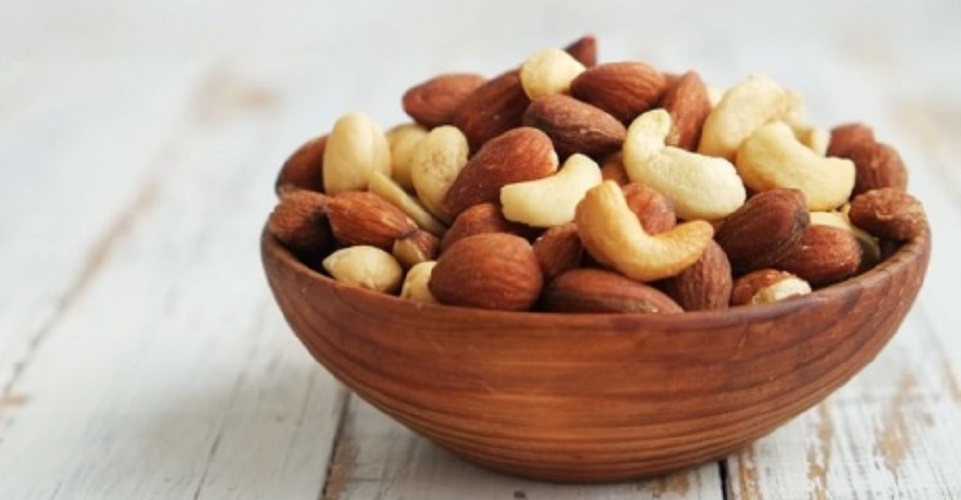What is a heterogeneous mixture?
We explain what a heterogeneous mixture is, how it is made and various examples. In addition, differences with a homogeneous mixture.
-
What is a heterogeneous mixture?
A heterogeneous mixture is a material composed of the union of two or more chemically unbound substances . It is not the result of any type of chemical reaction, although the mixture itself can lead to some type of reactions later. Its fundamental characteristic is that its components are often easily distinguished from each other.
A heterogeneous mixture can be composed of solids , liquids or gases , or combinations between them. It is generally produced by mechanical mixing procedures , during which there are no significant changes in the substances that are part of the mixture.
However, although the substances retain their identities, the mixture can give rise to suspensions , colloids, alloys and other ways in which it is not so easy to separate them.
To do this, precisely, there are the mechanisms of separation of mixtures , which are usually physical procedures through which these components can be separated, such as:
- The decantation .
- The evaporation selective.
- The filtration .
- Sieving
- The centrifugation .
- The magnetic separation .
- The dissolution .
Some of them, such as filtration, sieving, centrifugation and magnetic separation can serve to separate heterogeneous mixtures with little effort. In the case of homogeneous mixtures , however, more complex procedures should be used, since their components cannot be distinguished with the naked eye.
-
Examples of heterogeneous mixtures

Some simple examples of heterogeneous mixtures are the following:
- Concrete , which is a mixture of cement, water and aggregates in specific proportions to form a paste.
- The water with oil . Being immiscible, these two liquids will stay out of each other, together but not scrambled, forming clearly recognizable bubbles.
- The paste . If we mix water with flour, we can clearly see the union of both materials, and although we cannot easily separate them, we can distinguish the solid from the liquid effortlessly.
- Salads . A salad is basically a heterogeneous mixture of various vegetables, seeds, and other types of food, which are eaten together, but that we could separate if we had the necessary patience.
- The air and gasoline . Within an internal combustion engine, a mixture of fuel and air is injected that allows the controlled explosion of the fuel and thus generate movement. This mixture requires both to work.
-
Heterogeneous mixture and homogeneous mixture
The fundamental difference between a heterogeneous mixture and a homogeneous mixture, is that in the first case the components of the mixture retain their individual identity and can be more or less easily identified with the naked eye, while in homogeneous mixtures the latter is impossible.
That is, a homogeneous mixture does not allow us to distinguish its components , although there has been no chemical reaction between them and that they remain individual.
A clear example of a heterogeneous mixture is the mixture of water and alcohol . While both remain what they are, it is already impossible to distinguish from each other, and therefore their separation would require procedures that take into account the chemical nature of each, such as decantation or selective evaporation.
-
How to make a heterogeneous mixture?

Making a heterogeneous mixture is very simple. We must simply mechanically combine two or more materials that we can recognize with the naked eye . The mechanical combination can be physically put together, stir in a container or mix in the same container.
For example: if we take a paper punch and choose several sheets of paper of different color, we can punch them several times each and accumulate inside the device a set of paper circles of different colors. If we think that each color represents a different component, we will clearly face a heterogeneous mixture.





